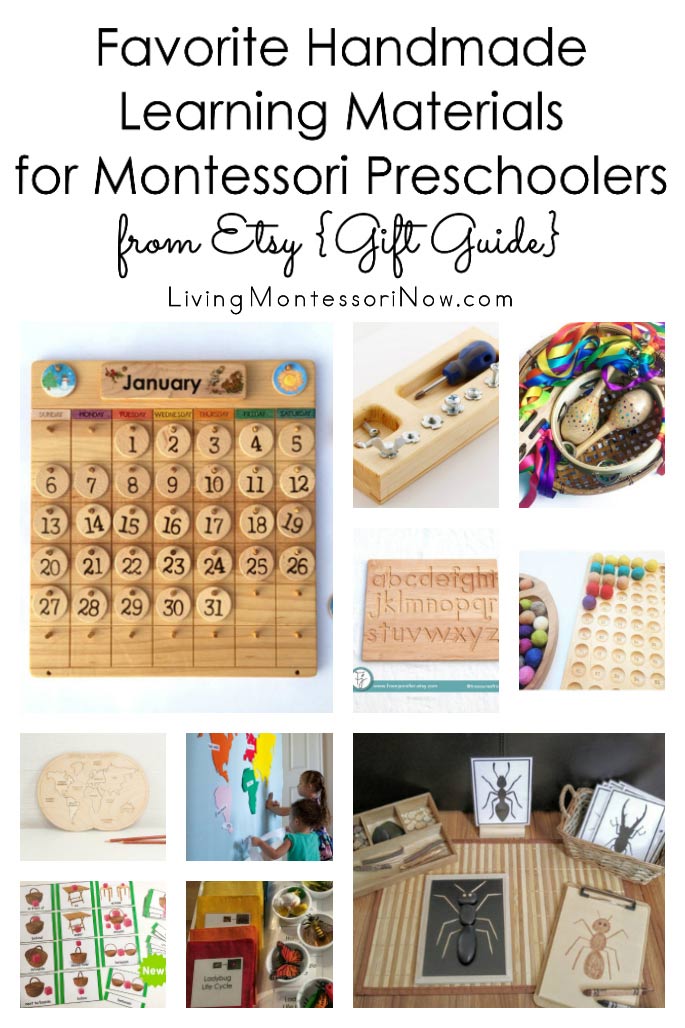Recommended News For Selecting Italian Kindergarten Teaching Support
Wiki Article
What Resources Do Italian Primary And Kindergarten Schools Require To Be Able To Impart Their Knowledge?
Materials are needed to support learning and development of children in an Italian primary or preschool. Here are some of the materials may be required Textbooks/workbooks: These materials are necessary for the teaching of the core subjects such as Italian mathematics, language, and science.
Materials for Art and Craft It includes paper, crayons and markers as well as paints, brushes, and other tools that students can use to create projects that are creative.
Games, puzzles, and blocks are all manipulatives that could be used to help students improve their problem-solving and critical thinking skills.
Education technology Computers (tablets, laptops, etc.).) as well as other technologies can be used to assist students learn and offer them additional sources.
Visual aids: Posters, maps, charts and other visual aids can be useful in helping students learn and retain important concepts.
Book: A selection of Italian-language books for children of all ages can promote reading and language development.
Musical instruments Instruments that play music, such as xylophones, tambourines, and maracas can be utilized to help teach rhythm and appreciation.
Safety supplies: First aid kits with fire extinguishers as well as emergency procedure posters are vital to protect the health and safety of staff and students.
Equipment for sports: You can play with cones, balls or any other equipment to play outside and in physical education.
Italian elementary and nursery school teachers will require a wide variety of educational materials to create a stimulating, active environment for their students. Check out the recommended sostegno scuola infanzia for website advice.

What Maths Books For Teaching Are Recommended For Italian Elementary Schools?
Maths educational cards can help introduce young children to basic concepts in Italian kindergartens. Maths didactics can be utilized to introduce children to basics of math. These cards could include pictures of animals or objects that represent the number. This could make the process of learning more engaging.
Shape cards are an excellent opportunity to let your child become familiar with the different shapes. For instance they can help them learn how to distinguish and describe circles, squares and triangles. They could also have pictures of real objects which represent every shape.
Color cards can help children learn the names and colors of different colors. You can use illustrations with objects that are the dominant color to help enhance the experience of learning.
Counting cards: Counting cards help kids learn to count between 1 and 10 or more. They can feature illustrations of objects or animals that represent numbers to make learning more engaging.
Time Cards: Time cards aid your child in learning to read the time, and also the names for the days of the week and months. You can use illustrations of clocks and calendars to make learning more fun.
Maths cards must be age appropriate, interactive and engaging for children who are just beginning to learn. Teachers and parents can make use of these Maths cards to design exciting and engaging Maths activities. This will stimulate the children's curiosity, and their enthusiasm for learning. Check out the top schede didattiche matematica sostegno for blog advice.

What Materials For Teaching History Are Required In Italian Nurseries?
Italian nurseries are able to provide children with history teaching materials which can assist them in understanding their history, comprehend and appreciate their present, as well as build a positive sense of self and belonging. Here are some examples of the history teaching materials that are needed: Age-appropriate books Age-appropriate literature that focuses on historical figures, historical events, and cultural aspects will help children develop an interest in history as well as an understanding of their place in the past.
Artifacts and Pictures. Images from various times and cultures will help your child visualize and comprehend historical events and ways.
Maps & timelines: Children can learn about history more by studying timelines and maps.
Storytelling: Storytelling can be a powerful tool for introducing children to historical events and people in a way that's engaging and memorable.
Dramatic play. Dramatic games can help children understand and recreate historical experiences.
Field trips. Field trip options include visits to local historic sites, museums and other locations that provide hands-on learning and experience.
The resources used to teach history should be appropriate to the child's age and culture. Teachers and caregivers may use these resources to create exciting, interactive activities on historical events that stimulate curiosity and a love of learning among children. Check out the best schede didattiche storia for site examples.

What Materials For Teaching Geography Are Required In Italian Nurseries?
Teaching materials for geography in Italian nurseries can help children develop an awareness of the world around them, and also learn about different cultures and environments. Here are some examples of geography-related teaching materials that are recommended: Maps: Maps can help children learn about the geography of various nations and regions, and the exact location of landmarks and natural features.
Globes assist children in understanding the surface of the earth and are a great way to teach about the continents and the oceans.
Pictures and videos Images and videos of diverse locations across the globe can help children appreciate the differences between cultures and help them appreciate them.
Books: Books that are age-appropriate and that feature different cultures and locations all over the world could help children develop a curiosity for geography.
Natural substances. Rocks, shells and plants aid children in understanding different eco-systems and the environment.
Field excursions. Kids can be taught about the world through hands-on experiences and experiences at local parks, zoos or museums.
It is vital to choose materials for geography education that are age-appropriate as well as culturally sensitive. Teachers and caregivers are able to use these materials in order to develop exciting, interactive geography lessons which encourage children's interest and curiosity.
